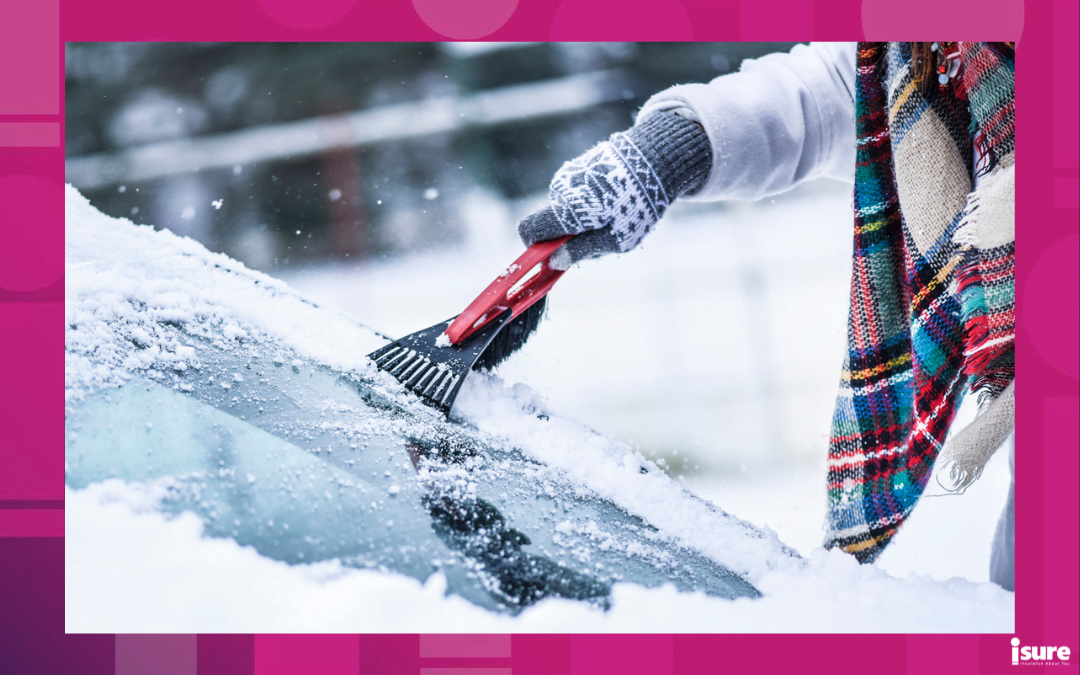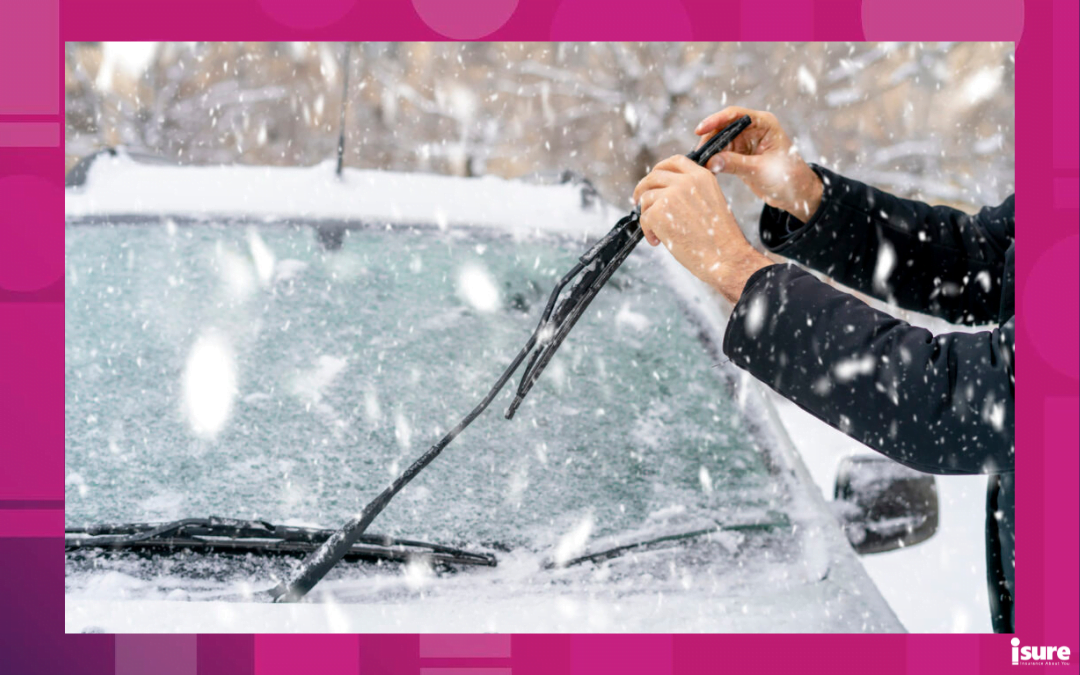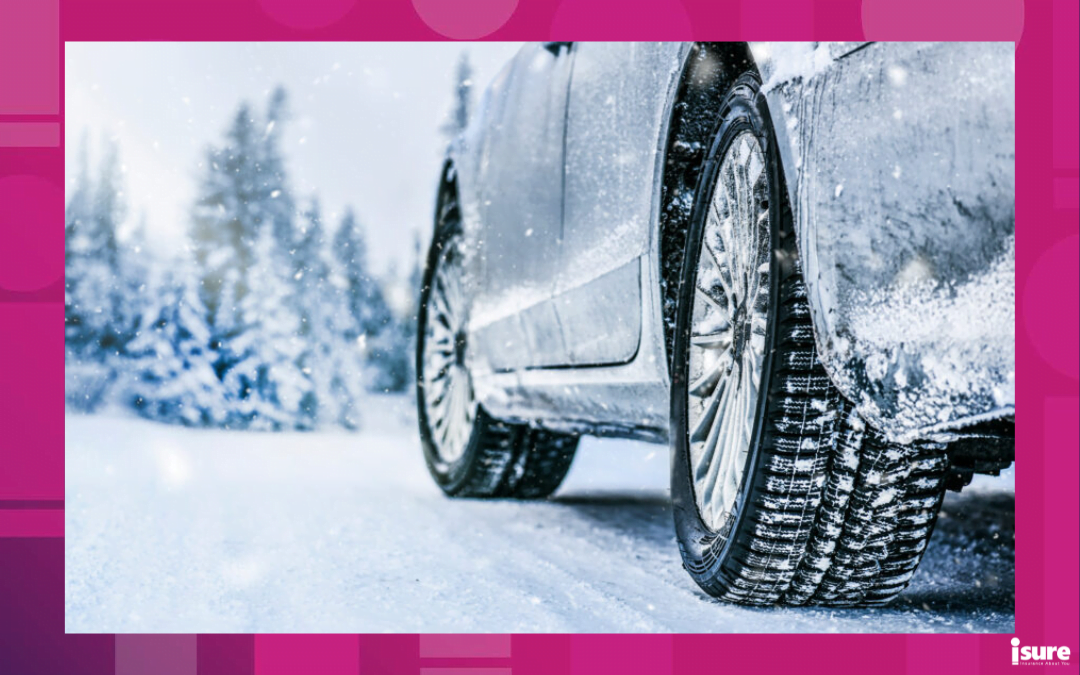When winter comes around and the snow finally sticks, it opens up a plethora of dangerous situations you’ll want to avoid. From snowy walkways to slippery roads, the winter is a crucial time to take all safety precautions. However, sometimes these hazardous situations aren’t always obvious and easy to avoid. Winterizing your car in Canadian winter months is crucial for both your safety and that of other drivers. When you wake up in the morning and witness the heavy snowfall from the night before, it can be easy to simply wipe off your windows and mirrors and get behind the wheel to work. Unfortunately, doing the minimum can lead to some serious consequences. Not only is this extremely dangerous, but it can land you some hefty fines. Luckily, isure has everything you need to know when it comes to whether or not cleaning snow off your car is mandatory.
Not cleaning snow off your car is careless and dangerous
As mentioned above, when the winter comes around, it opens up the potential for many dangerous road opportunities. We all know just how hazardous an icy road can be. However, not cleaning snow off your car or ice can make matters much worse. Doing a haphazard job of cleaning your car in the morning can leave your field of vision skewed, making your commute potentially more dangerous.
Completely removing any traces of snow on the roof of your car is crucial in making sure the people around you are safe. Additionally, it will ensure that you have full visibility, especially if caught in a snow storm. By not cleabing off your car, you risk chunks of snow or ice falling onto the road, on other vehicles, or pedestrians. This is especially the case in areas where you are going a higher speed, such as a highway. Loose snow can easily fly off the roof of your car and land on the vehicle behind you, obscuring their vision and potentially causing an accident. On top of this, it is a huge annoyance for fellow commuters! By making sure your roof, back trunk and hood of your car are clear of snow and ice, you are doing your part in keeping an already potentially-dangerous situation at bay.
6 tips to clean snow off your car
1. Make sure you give yourself ample time in the morning
This is particularly crucial the morning following a large snowfall. This ensures that you can do a thorough job in removing the snow and ice from your vehicle. This doesn’t take too long, so by giving yourself the extra 10-15 minutes, you can make sure your commute will be safe.
2. Have a second snow brush handy
Having a second snow brush and scraper handy (in your garage or home) is always a good idea. This is so you can brush off your vehicle and get into it when you cannot access your door or trunk due to the heavy snowfall. Your brush and scraper are no good when they’re stuck in the car!
3. Warm up your car!
By warming up your car during the cleaning process, you can speed up melting time! By heating up the windshield and back windows, you can remove any residual ice or snow much easier. Many new cars also come with features that will warm up and melt the ice off of your windshields and windows.
4. Don’t fall for the hot water hack!
Many people seem to think it’s easier to remove ice off your car by applying or pouring hot water on it. DO NOT DO THIS! The shock from the hot water onto the cold windows can cause them to crack or smash. If you’d like to use heat, try to park your car on an angle where the sun is hitting it. Additionally, hot water in the freezing cold temperatures will create another sheet of ice. This applies to walkways, too!
5. Get a foam brush
It is always a good idea to get yourself a good quality foam brush. This way, you can use it on all parts of your car. If you only have a brush with bristles, try to avoid using it on the exterior paint of your car! This is because the rough bristles can scratch it.
6. Avoid large trucks
When on the road, it is a good idea to avoid large trucks on the roads and highways. These larger vehicles typically have excess snow on their roofs. Snow and ice can fall when they are travelling at high speeds and potentially fall onto the road or hit your car, causing an accident!
Fines for leaving large amounts of snow on your vehicle
On top of being extremely dangerous, leaving snow on your car can also land you a hefty fine. By driving with snow on your car, you are breaking the law. Ontario law requires that your windshields, roofs and hoods are completely cleared of ice and snow before you hit the road. If caught, you can face a fine of up to $110 dollars. This number will also rise if fined multiple times for the same offence. Additionally, you can get issued warning and demerit points.
As per the Ontario Highway Traffic Act, no one should take their car onto any public street or highway “unless the windshield and the windows on either side of the compartment containing the steering wheel are in such a good condition as to afford the driver a clear view. This includes the front side of the motor vehicle.” Also, the rear windshield must “also be in such a condition as to afford the driver a clear view to the rear of the motor vehicle.”
Last winter, the Ontario Provincial Police and Halton Regional Police stated that they gave out multiple fines of $110 dollars due to motorists not cleaning the snow off their cars before getting behind the wheel.
Keep your car in tip-top shape
Not only does keeping your car clear from snow and ice keep others safe, it will also save you from having to pay for costly repairs. Even when parked, snow on your car can damage your car’s body and parts over time from the added weight. So, keeping your car maintained throughout the winter, even when you aren’t using it, is a good idea. There are many ways snow can damage your car, such as:
- When hitting the brakes, snow can fall from your roof and damage or break your window. On top of this, it can fall down the front windshield and damage your motor.
- When snow melts, water can seep into your motor and damage it. This can also be made worse if the water freezes again. This can damage your engine’s moving parts or cause the belt to come off.
- Road salt can corrode your car’s body and engine, as well as cause it to corrode. This can lead to rust and even form holes in the metal underneath the paint if your vehicle is older.
- Snow packed into your car’s exhaust can block the air passage and cause it to release CO2 into the car.
- Snow can damage your brake system by damaging its seals and pads and causing a brake fluid leak.
Remember that accidents, injuring someone, tickets or damaging your car will all take a hefty toll on your auto insurance history and premiums. So, never cut corners, and make sure you clear your car of snow and ice. Contact us today to submit a claim or request a quote!




